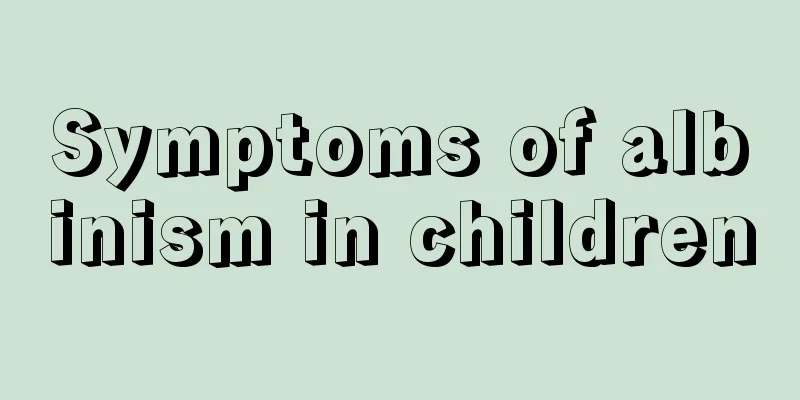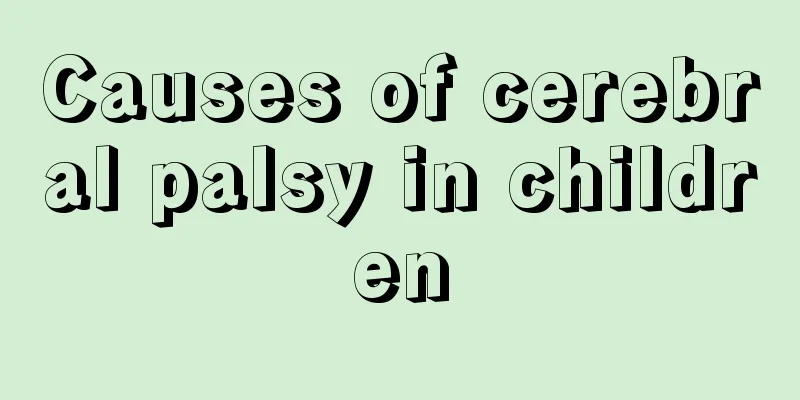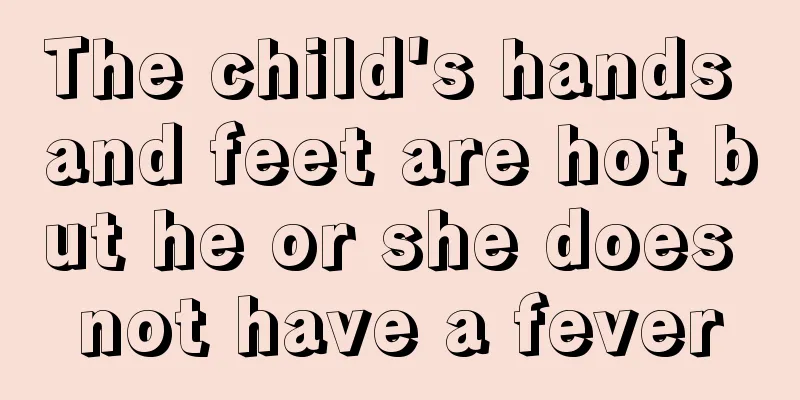Symptoms of albinism in children

|
When it comes to diseases, many people are familiar with them. There are many types of diseases, and different diseases have different harms to the human body. Therefore, when treating some diseases, you need to first understand the diseases, so that you will know what kind of treatment method is best. Pediatric albinism is a common disease now. This type of disease has a great impact on the child's body. What are the symptoms of pediatric albinism? Many people are not very clear about the symptoms of childhood albinism, so we need to first understand childhood albinism so that when children show these symptoms, we will know what to do, which will also be helpful to patients. Symptoms of albinism in children: Fever is the most common first symptom of childhood leukemia. Due to the lack of normal white blood cells, especially mature granulocytes, the body's normal defense function is impaired, and infection can cause fever. Bleeding: More than half of the children have varying degrees of bleeding. The main symptoms are bleeding in the nasal mucosa, oral cavity, gums and skin. In severe cases, internal organs and intracranial hemorrhage are often the cause of death in children. Anemia is the most common early symptom and tends to worsen progressively. Patients have pale complexion, skin and mucous membranes, weakness and poor appetite. Enlargement of the liver, spleen, and lymph nodes In acute lymphocytic leukemia, enlargement of the liver, spleen, and lymph nodes is more obvious, while in chronic myeloid leukemia, enlargement of the spleen is more obvious. Bone and joint pain and bone lesions are common in children with acute leukemia and may be the first symptoms. Leukemia cells infiltrating the central nervous system may cause meningeal leukemia, and the child may experience headaches, nausea, vomiting, and even convulsions and coma. Abnormal changes in blood test data show that most children have leukocytosis, ranging from tens of thousands to hundreds of thousands, and significant proliferation of bone marrow leukocytes, which can be as high as 95% or more. The above is a detailed introduction to the symptoms of childhood albinism. After these symptoms appear, patients need to actively cooperate in the treatment. Moreover, the treatment of childhood albinism also takes some time, so family members must also actively cooperate. At the same time, before treating childhood albinism, the patient must be given a full-body examination, and family members should also pay attention to this. |
<<: 7 dietary tips to help your child grow taller
>>: Whooping cough symptoms and prevention in children
Recommend
What should I do if my child’s teeth are crooked? These tips are very effective
Every parent hopes that their children will have ...
What should I do if my child doesn’t like to use his brain? How to help children
Many children like to know the answer directly an...
How to judge whether the baby has bloating
Flatulence is a disease that occurs near our stom...
Can eight-month-old babies eat sheep brains?
Sheep brain is a very delicious food, and in some...
What is the reason for the yellow palms of children?
The health of children can be manifested in many ...
Why does a six-month-old baby sweat while sleeping?
We all know that babies are lively and active by ...
Treatment of pneumonia and bronchitis in children
We all know that children are in a period of rapi...
Is it harmful to have my child have their teeth straightened?
Children's dental health is very easy to be d...
Causes of coughing and vomiting in two-year-old children
There are few children who have smooth sailing, a...
Reasons for newborn baby's sleep shaking
Many parents find that newborns shake violently w...
What to eat for a nine-month-old baby with anemia
When the baby is still young, mom and dad should ...
Two month old baby blowing bubbles
It is generally normal for a two-month-old baby t...
What should I do if my child has paronychia?
Paronychia is a very common disease. This disease...
What should children pay attention to after being vaccinated against chickenpox?
Chickenpox is a disease that children are more li...
What are the symptoms of cerebral palsy in infants?
The main group of people who suffer from cerebral...









